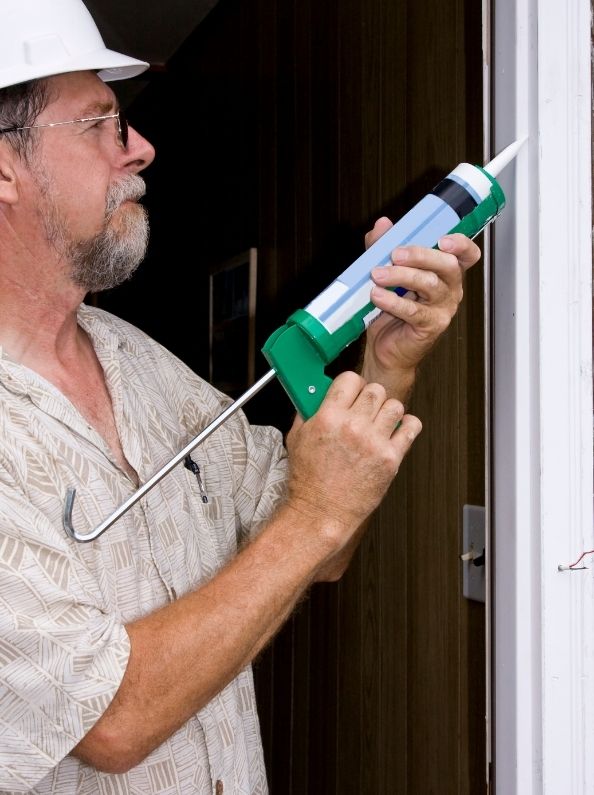Flawless caulking of windows and doors

FLAWLESS CAULKING OF WINDOWS AND DOORS
Summer months usually rhyme with a thousand and one things to do in and around the house. Let us coach you in re-caulking the seal around your windows and doors.
The task at hand
Re-caulking the seal around your doors and windows is essential in order to protect your home from water and air infiltration.
Old seals must be removed first.
Good to know
It is critical to make sure that the sealant you are using is compatible with the surfaces to be sealed. Also check drying time, resistance to dryness, the product’s colour and whether or not it can be painted.
Check your product carefully before using it outside. Make sure it is specially designed to conserve its rate of elasticity in spite of temperature variations. Some products feature guaranteed flexibility at temperatures nearing -40°C. Products that are not made to be used outside will lose volume and crack, which leads to increased risk of infiltration. Also make sure you are choosing quality products, as certain low-grade caulking compounds will fissure.
Equipment required
Cut old sealant using a utility knife with a new blade. Scrape the old sealant.
Outdoor caulking product
Reasons for re-caulking
To avoid air and water infiltration inside the building. By stopping water from entering, you are protecting wood and structural components. It is important to re-caulk doors and windows because when sealant is dried, old or cracked, it lets in air and allows heat to escape, which can make heating your home more difficult. Sealant that lets in water can lead to significant damage underneath the exterior coating and in the very structure of a building, as well as consequent fungal growth.
Apply new product in a continuous movement.
Possible complications
- If the old sealant seems difficult to cut, make sure you are using a perfectly sharp blade and repeat as needed.
- If old sealant is very dry, it will be difficult to remove. Strip it in small segments and scrape thoroughly.
- If you notice any holes, start by ruling out the presence of any humidity, then fill the gap in its entirety.


